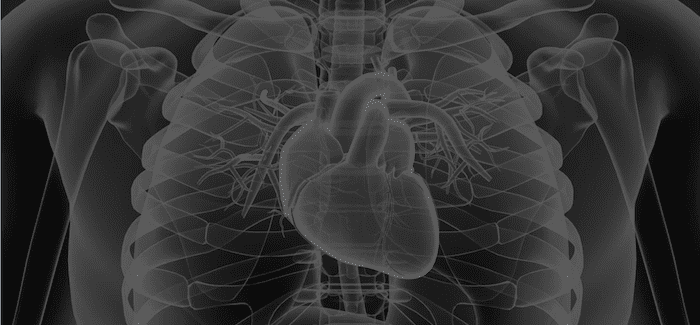Sudden onset blue leg
aka Cardiovascular Curveball 002
You are managing a 56 year old woman with severe pneumonia in the Intensive Care Unit when you are called to see her because her leg has suddenly turned blue:

Q1. What is the diagnosis?
Curveball Answer
Phlegmasia Cerulea Dolens aka Phlegmasia coerulea dolens
Less frequent manifestations of venous thrombosis include
- phlegmasia alba dolens,
- phlegmasia cerulea dolens,
- venous gangrene
These form a clinical spectrum of the same disorder. All 3 manifestations result from acute massive venous thrombosis and obstruction of the venous drainage of an extremity.
In phlegmasia alba dolens, the thrombosis involves only major deep venous channels of the extremity, therefore sparing collateral veins. The venous drainage is decreased but still present; the lack of venous congestion differentiates this entity from phlegmasia cerulea dolens.
Q2. What are the complications?
Curveball Answer
Complications of Phlegmasia Cerulea Dolens
- Pulmonary embolism
- Venous Infarction of the limb
- Fluid sequestration in the limb and systemic inflammatory response syndrome leading to hypotension
Q3. How is this condition managed?
Curveball Answer
This a rare condition and the management is evolving.
Traditional treatment consists of standard anticoagulation.
However, increasingly, invasive therapies such as catheter directed thrombolysis, surgical thrombectomy and systemic thrombolysis are employed in these patients

CLINICAL CASES
Cardiovascular Curveball
Chris is an Intensivist and ECMO specialist at The Alfred ICU, where he is Deputy Director (Education). He is a Clinical Adjunct Associate Professor at Monash University, the Lead for the Clinician Educator Incubator programme, and a CICM First Part Examiner.
He is an internationally recognised Clinician Educator with a passion for helping clinicians learn and for improving the clinical performance of individuals and collectives. He was one of the founders of the FOAM movement (Free Open-Access Medical education) has been recognised for his contributions to education with awards from ANZICS, ANZAHPE, and ACEM.
His one great achievement is being the father of three amazing children.
On Bluesky, he is @precordialthump.bsky.social and on the site that Elon has screwed up, he is @precordialthump.
| INTENSIVE | RAGE | Resuscitology | SMACC
